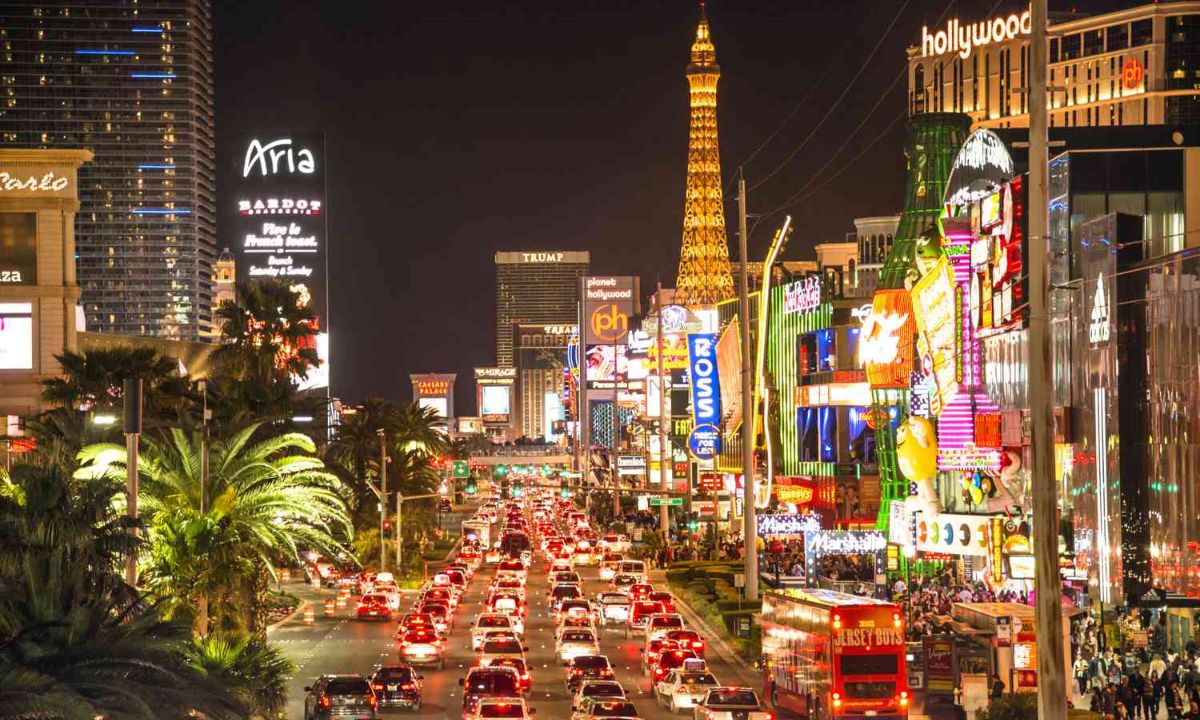
Las Vegas weather is more than just scorching heat and bright sunshine. Did you know that this desert city experiences a range of temperatures throughout the year? Summers can be blisteringly hot, with temperatures often soaring above 100°F, while winters can be surprisingly chilly, sometimes dipping below freezing at night. Rain is rare, but when it does occur, it can lead to sudden flash floods. Monsoon season brings brief but intense thunderstorms, usually in July and August. Despite its reputation for heat, Las Vegas also sees occasional snow, especially in the surrounding mountains. Understanding these weather patterns can help you plan the perfect trip, whether you're hitting the casinos or exploring the great outdoors.
Las Vegas Weather: A Desert Climate
Las Vegas, known for its vibrant nightlife and casinos, also boasts a unique desert climate. This climate brings with it some fascinating weather patterns and extremes. Let's dive into some intriguing facts about Las Vegas weather.
-
Las Vegas experiences over 300 sunny days each year, making it one of the sunniest cities in the United States.
-
The city is located in the Mojave Desert, which is the driest desert in North America.
-
Summer temperatures often exceed 100°F (38°C), with July being the hottest month.
-
Despite the scorching summer heat, winter temperatures can drop to freezing levels, especially at night.
-
The highest temperature ever recorded in Las Vegas was 117°F (47°C) on June 20, 2017.
-
On the flip side, the coldest temperature recorded was 8°F (-13°C) on January 13, 1963.
Rainfall and Humidity
Rainfall in Las Vegas is a rare event, but when it happens, it can be quite dramatic. The city's low humidity levels also play a significant role in its weather patterns.
-
Las Vegas receives an average of only 4.2 inches of rain annually.
-
Most of the rain falls during the monsoon season, which runs from July to September.
-
Flash floods can occur during heavy rainstorms due to the city's dry soil and lack of vegetation.
-
Humidity levels in Las Vegas are typically very low, often below 20%.
-
The driest month is June, with an average humidity of just 14%.
Wind and Dust Storms
The desert winds can be both a blessing and a curse in Las Vegas. They help cool down the city but can also bring dust storms.
-
Wind speeds in Las Vegas average around 9 mph, but gusts can reach much higher speeds.
-
Dust storms, also known as haboobs, can reduce visibility and create hazardous driving conditions.
-
The windiest month is April, with average wind speeds of 10.5 mph.
-
Strong winds can also contribute to wildfires in the surrounding desert areas.
Unique Weather Phenomena
Las Vegas weather isn't just about heat and dryness. The city experiences some unique weather phenomena that add to its charm.
-
Snowfall is rare but not impossible. The city saw a significant snowstorm in December 2008, with up to 3.6 inches of snow.
-
Temperature inversions can occur in the winter, trapping cold air and pollutants near the ground.
-
The city occasionally experiences "heat bursts," where temperatures suddenly rise due to descending hot air.
-
Mirage effects are common in the desert, creating the illusion of water on the horizon.
-
Las Vegas has a "heat island" effect, where urban areas are significantly warmer than surrounding rural areas.
Seasonal Changes
Despite its desert location, Las Vegas does experience some seasonal changes, albeit less pronounced than in other regions.
-
Spring and fall are the most pleasant seasons, with mild temperatures and clear skies.
-
Springtime can bring occasional thunderstorms, adding a bit of excitement to the weather.
-
Fall temperatures gradually cool down from the summer highs, making it a popular time for outdoor activities.
-
Winter days are usually mild, with average highs around 60°F (15°C).
-
The city rarely experiences frost, but when it does, it can cause damage to local plants and crops.
Weather and Tourism
Las Vegas weather plays a significant role in its tourism industry, influencing when and how people visit the city.
-
The summer heat can be intense, but many tourists flock to the city for pool parties and indoor attractions.
-
Winter is a popular time for conventions and events, thanks to the mild weather.
-
Outdoor activities like hiking and golfing are best enjoyed in the spring and fall.
-
The city's weather is a major draw for retirees and those seeking a warm climate year-round.
-
Las Vegas' predictable weather patterns make it an ideal location for outdoor festivals and events.
The Final Word on Las Vegas Weather
Las Vegas weather is more than just scorching summers and mild winters. With over 300 sunny days a year, it’s a paradise for sun lovers. But don’t be fooled; temperatures can swing dramatically, especially between day and night. Monsoon season brings brief but intense rainstorms, adding a splash of unpredictability. Dust storms and flash floods can also make an appearance, so always stay prepared. The city’s unique climate is shaped by its desert location, high elevation, and surrounding mountain ranges. Whether you’re planning a visit or considering a move, understanding these weather quirks can help you make the most of your time in this vibrant city. So, pack accordingly, stay hydrated, and enjoy all that Las Vegas has to offer, come rain or shine.
Was this page helpful?
Our commitment to delivering trustworthy and engaging content is at the heart of what we do. Each fact on our site is contributed by real users like you, bringing a wealth of diverse insights and information. To ensure the highest standards of accuracy and reliability, our dedicated editors meticulously review each submission. This process guarantees that the facts we share are not only fascinating but also credible. Trust in our commitment to quality and authenticity as you explore and learn with us.
